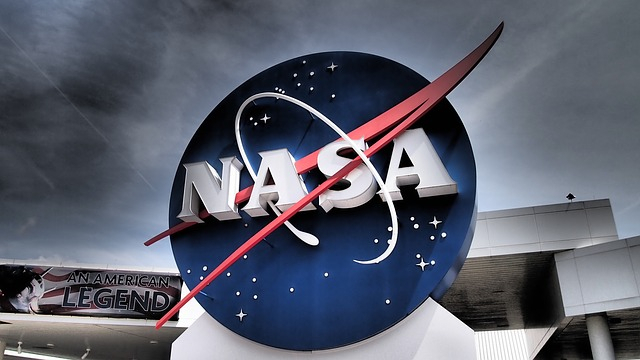
NASA's OSIRIS-REx asteroid probe is now orbiting Bennu after arriving at the large space rock in early December.
While entering orbit around the Bennu asteroid may not seem like much, it's actually broken some records and is a major milestone for NASA. The OSIRIS-REx probe's successful maneuver has made it the first spacecraft to orbit a space object as small as the asteroid, Associated Press reported. Bennu, which measures 1,600 feet in diameter, is the smallest celestial object ever to be successfully orbited so far.
Aside from this, the fact that NASA's OSIRIS-REx is orbiting around Bennu at only just over a mile (1.6 kilometers) makes its close orbital distance record-breaking.
The OSIRIS-REx probe was launched in 2016, and the mission will take several years to complete. With its arrival at the Bennu asteroid, however, the NASA spacecraft can now study the space rock much more closely and gather samples for further research.
Upon the probe's arrival at the asteroid in December, images of the space rock's surface were released by NASA. They showed that a messy collection of debris is strewn all over Bennu's exterior. However, the real challenge for the OSIRIS-REx spacecraft is to collect the material and successfully bring the samples back to Earth. The probe will have about two years to continue its orbit, though, as it won't begin gathering samples until 2020.
NASA's OSIRIS-REx probe is expected to return to Earth by 2023. It will stop orbiting and begin its journey back after taking some rock samples from the surface of the Bennu asteroid, which is 70 million miles (110 million kilometers) from Earth.
Studying the rock samples from the Bennu asteroid will allow scientists to learn how it was formed and unlock other secrets about its origins. They will also get a clearer idea of the origins of our solar system and Earth and perhaps give us an idea of how to prepare and predict possible asteroid collisions in the future.
This article was first published in IBTimes US. Permission required for reproduction.









